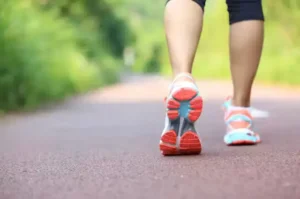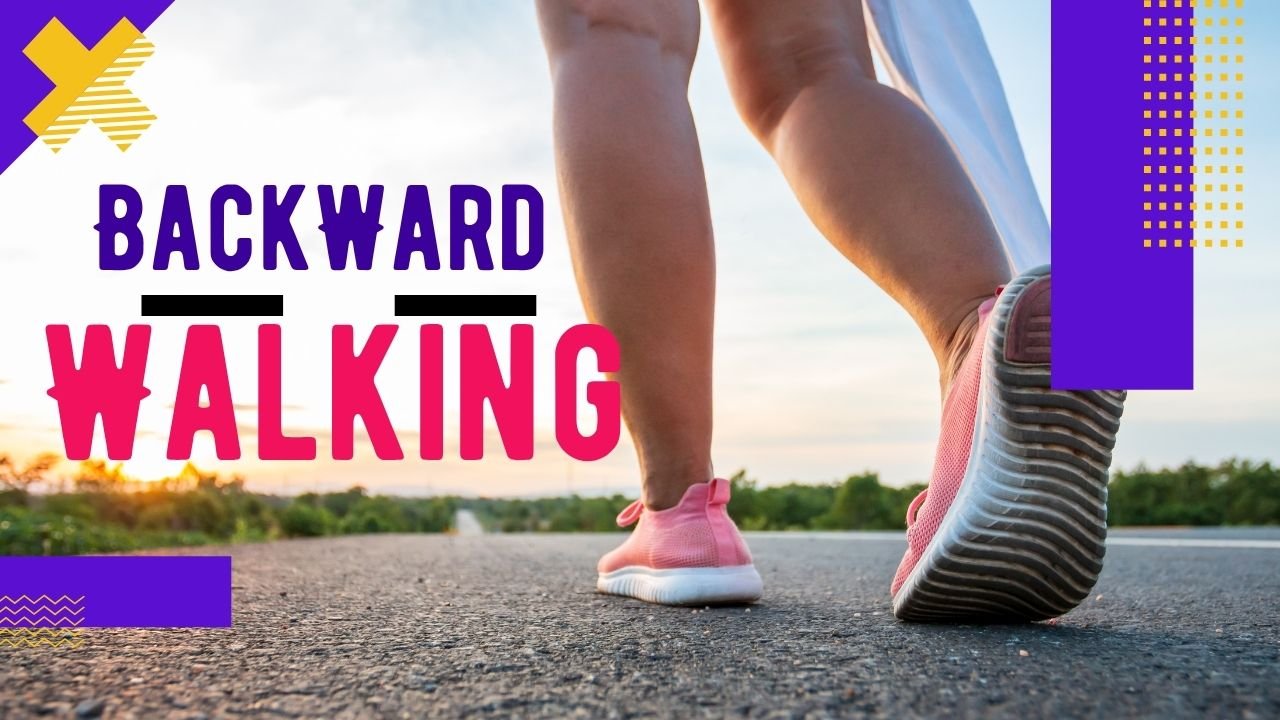Backward Walking: Improves Balance and Focus
Have you ever tried walking backward? It may feel unusual, but backward walking—sometimes called retro walking—can be a simple, effective way to improve your balance, strengthen your body, and sharpen your focus.
What Is Backward Walking?
Backward walking simply means walking in reverse—each step taken backward instead of forward. It may sound funny, but doing it correctly and safely can bring real health gains.

Why Try Backward Walking? Key benefits
1. Better Balance and Coordination
Walking backward makes your brain and body work harder to stay stable. It activates core and leg stabilizer muscles. Studies show that even a few weeks of training helps people stand balanced for longer and feel steadier.
2. Sharpened Focus and Brain Power
Because backward walking is unusual, it demands more attention and coordination. That extra challenge can enhance cognitive function, memory, and mental speed.
3. Stronger Legs, Less Knee Stress
This movement targets the quads, glutes, calves, and hip flexors—muscles that don’t get much work during regular walking. It also shifts load away from the front of your knees, which can reduce stress for people with knee pain or arthritis.
4. Reduces Back Pain
Walking backward engages the lower‑back (lumbar) extensor muscles more than forward walking. Some people feel less back pain and better posture after trying it regularly.
5. Burns More Calories
Retro walking burns more energy than forward walking—it can raise heart rate and oxygen use by about 17–30%, and burn up to 40% more calories.
6. Helps Rehab and Special Needs
Physical therapists often use it in rehab for conditions like knee osteoarthritis, stroke recovery, multiple sclerosis, and spinal injuries. Research shows people with MS or after stroke have improved balance, gait, and mobility when backward walking is added to usual therapy.
What Do Real People Say?
On Reddit, physical therapists and people recovering from injuries often praise it. One therapist said:
“Retro walking improves balance and gait speed overall.”
And someone recovering from knee pain shared:
“Walking backwards helped different muscles activate … hope this helps to see if it can work for you.”
How to Start (Beginner Tips)
-
Pick a safe space: flat and clear, like a hallway, track, or quiet park.
-
Go slow: start just a few minutes, maybe 5–10, once a day.
-
Use support: walk near a wall, railing, or hold a partner’s arm if needed.
-
Focus on posture: keep your back straight and core slightly engaged.
-
Look over your shoulder or use a mirror – don’t walk blindly to avoid stumbles.
-
Grow gradually: increase time or try walking on a gentle grade after you feel balanced.
Safety Tips
-
Stop if you feel dizzy or unsteady.
-
Ask a healthcare provider before practicing if you have medical conditions, especially balance or joint issues
-
Avoid busy, slippery, or uneven surfaces.
Example Plan for a Beginner
| Day | Practice |
|---|---|
| Mon‑Fri | Walk backward 5 minutes each day near a wall or railing |
| Week 2 | Increase to 8–10 minutes, mix with forward walking |
| Week 3+ | Add gentle incline or try on a treadmill at very low speed with handrails |
Final Thoughts
Backward walking might seem a bit odd at first, but its benefits are impressive. From boosting balance, focus, and muscle strength to easing joint or back discomfort—it’s a low‑impact, beginner‑friendly exercise. Give it a try, move slowly, stay aware, and go backward to help move forward in your health journey.
FAQ
Q: How much do I need to walk backward to see benefits?
A: Just 5–10 minutes a day can help. Some people walk backward 3 times per week for 30 minutes and see balance, strength, and speed improvement
Q: Is backward walking safe? Who should avoid it?
A: Safety is important because you can’t see directly where you’re stepping.
-
Beginners should walk next to a wall or railing, or use mirrors, and start slowly
Q: How do I start backward walking as a beginner?
A: Try this:
-
Choose a safe, flat spot like a hallway or park pathway.
-
Start with 5 minutes, holding on to a wall or railing.
-
Keep posture upright, engage your core, and look over your shoulder or use a mirror.
-
Gradually increase to 8–10 minutes, then add gentle incline or treadmill slow pace with handrails after a few weeks
Q: Can backward walking help with knee pain or arthritis?
A: Yes! Studies show that using retro walking in people with knee osteoarthritis can reduce pain and disability.
Q: Does backward walking help mental focus?
A: Absolutely. Since backward walking is unfamiliar and requires extra attention, it engages brain functions like problem‑solving, memory, attention, and even helps slow age‑related decline by boosting cognitive stamina
Q: Can older adults do backward walking safely?
A: Yes, when done correctly. It can improve balance and reduce the risk of falls in older adults. Just start very slowly, use support like rails or a stable surface, and increase time in short bursts: a few minutes at a time is enough to help.













1 thought on “Backward Walking: Improves Balance and Focus”